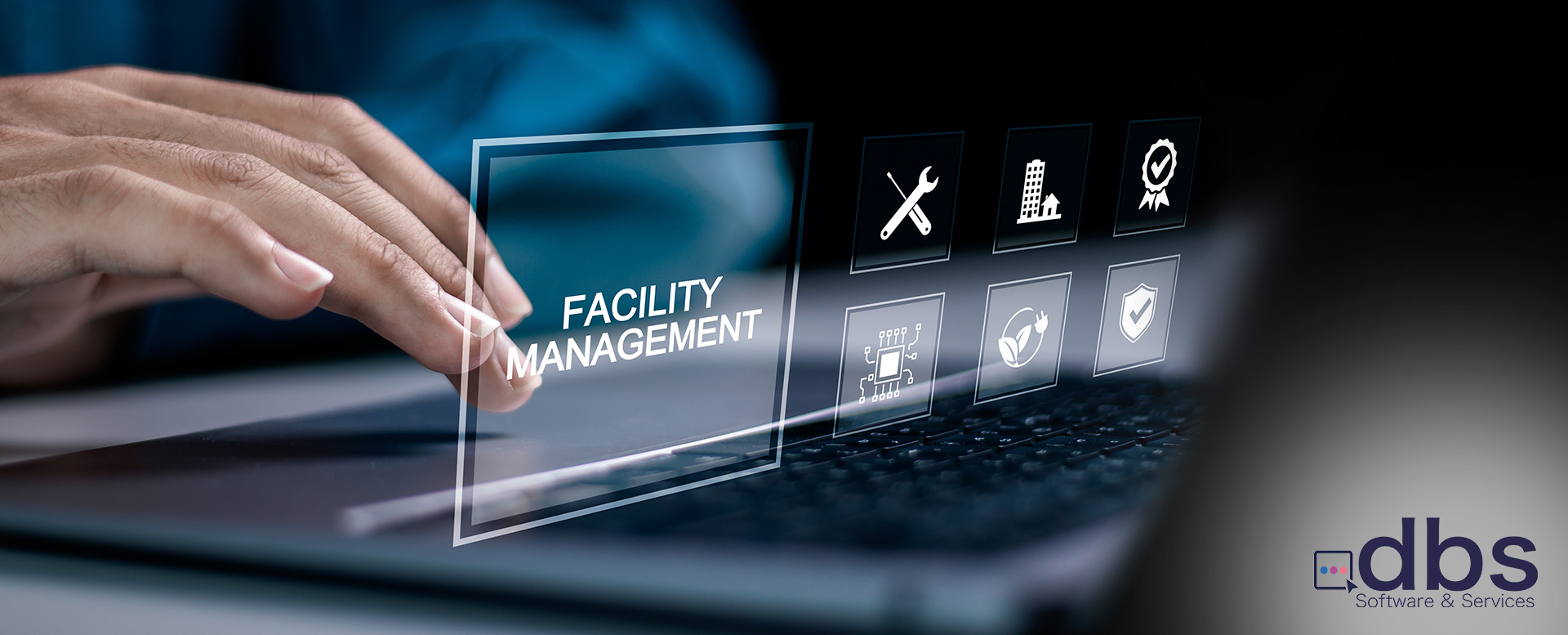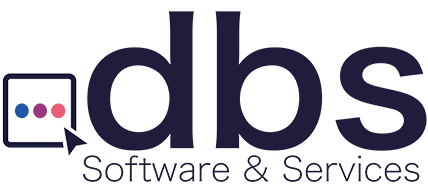
Transforming Facilities Management with eForms: 3 Powerful Use Cases
Facilities management departments in large organizations and college campuses often operate within a reactive model that relies on analog tools, such as paper forms, work orders, phone calls, and email. This common approach, frequently managed in an “ad-hoc manner,” can lead to missed service calls, slow responses, data entry errors, and significant difficulty in tracking operational metrics over time. These inefficiencies directly impact a department’s budget, the productivity of its technicians, and the quality of service delivered to the organization.
This blog post explores three practical use cases that highlight the power of using an eForms with Workflows platform to transition a facilities department toward a more efficient, data-driven operational model. By digitizing and automating key processes, facilities teams can better allocate resources, reduce costs, and shift from a reactive to a proactive operational stance.
But first, let’s set the foundation for what exactly an eForms and Workflow platform is and why it can be a game-changer for facilities management. An eForms with Workflows solution is a powerful tool that facilities departments can use to design, deploy, and manage digital forms and automated processes from a secure, centralized location. Using an intuitive drag-and-drop forms builder, departmental staff can quickly create everything from simple equipment sign-outs to complex, multi-step work order requests without needing IT involvement. Forms are submitted using any smart device, and a built-in workflow engine automatically routes the information through custom, multi-step workflows with notifications and escalations. These solutions can handle advanced requirements, enabling features such as QR code-activated work orders that capture photo evidence and geo-location data, as well as collect e-signatures for safety compliance or equipment acknowledgments. Furthermore, completed forms can be stored in any document management system to ensure a smooth flow of data between the facilities department and other parts of the organization.
Now that you know what it is, here are three examples of how an eForms solution, like dbs Liveforms, can help you transform your facilities management department.
Use Case 1: QR Code-Enabled Asset Management and Work Orders
This use case re-engineers the entire lifecycle of a maintenance request, from submission to dispatch, using QR codes to bridge the physical asset with a digital workflow.
The Process: The system consists of two primary components: durable, industrial-quality QR code stickers affixed to physical assets, and a centralized forms platform where work order templates are designed.
The workflow proceeds in a clear, step-by-step manner:
- Issue Identification: A user (e.g., a student, faculty member, or employee) identifies an issue with an asset, such as a malfunctioning projector in a classroom or a broken piece of equipment in a laboratory.
- Initiation via Smartphone: The user scans the QR code on the asset using their personal smartphone. No special app is required.
- Context-Aware Form Launch: A digital work order form is instantly launched in their phone’s web browser. The key to this step’s efficiency is that the form is context-aware; it already knows the exact piece of equipment, its location, and any other associated information. This is because the unique QR code is linked to a database record for that specific asset.
- Rich Data Submission: The user is prompted to answer a few simple, clear questions. To provide maximum clarity for technicians, the form is configured to allow users to submit Pictures or videos directly on the form for a clearer issue explanation.
- Automated Work Order Creation: Upon submission, an instant notification email is sent to the facilities management dispatch desk. A digital work order is automatically created, containing a complete and accurate record of the request, including the asset’s specific details (Make, Model, VIN, etc.) and the exact unit location at time of submission, which is captured via the device’s geo-location capabilities.
This process significantly reduces the occurrence of incorrect or incomplete information, which in turn minimizes the need for follow-up communication and allows for more efficient dispatching of technicians with the correct tools and parts.
Use Case 2: Automated Preventive Maintenance Scheduling
This use case leverages the same QR code infrastructure to shift the department from a reactive “break-fix” model to a proactive, data-driven preventative maintenance schedule.
The Process: This workflow is built on two phases: systematic data collection and automated rule-based triggers.
- Systematic Data Collection: The digital forms are not only used for reporting problems but also for routine data logging. A technician on a weekly walkthrough, or a university employee operating a fleet vehicle, can be instructed to perform a quick scan and data entry as part of their regular duties. The form allows them to easily report unit hours during equipment refueling or on a weekly basis. This creates a continuous stream of up-to-date usage data for every critical asset.
- Workflow Automation: The back-end workflow engine is configured with specific business rules for each asset type. As new usage data is submitted, the form automatically calculates the following service hour requirement. The workflow constantly checks this data against predefined thresholds. Once a threshold is passed, the system only notifies the service agent once the unit hour has surpassed its notification level. This trigger can be configured to automatically create a new preventive maintenance work order and assign it to the appropriate team.
This creates an automated system that helps facilities managers adhere to the manufacturer’s recommended service schedules, as it allows them to keep preventative maintenance schedules on track and prevent equipment downtime.
Use Case 3: Digitizing Internal Administrative Workflows
This use case focuses on the internal operational efficiency of the facilities department itself, addressing the administrative tasks that consume manager and staff time. By adapting solutions used by other high-volume operational departments, a facilities team can eliminate internal paper-based processes.
The following are examples of internal workflows that can be digitized:
- Overtime Approval Workflow: An hourly technician submits a request for overtime via a digital form on their phone. The form is automatically routed to their direct supervisor. The workflow includes conditional logic, such as an escalation rule that automatically forwards the request to a senior manager if it is not reviewed in a timely manner, ensuring payroll processes are not delayed.
- Timesheet Correction Workflow: An hourly employee can submit a time edit form to request an adjustment to their time sheet. This workflow is multi-step, first routing to the employee’s manager for verification and approval, and then automatically routing to the HR department for final review and to ensure the adjustments are correctly reflected in the upcoming payroll.
- Equipment Assignment Workflow: To manage high-value tools and assets assigned to staff, a Remote Employee Equipment Form is used. This form captures all relevant details of the assigned equipment. Critically, it includes e-signature capture at no increased cost to ensure acknowledgement from the employee regarding the terms under which the equipment is being assigned, creating a secure, time-stamped, and legally binding audit trail.
Implementing these use cases in your facilities department with a modern eForms with Workflows solution like dbs Liveforms is a snap without requiring extensive IT involvement, leading to measurable improvements in operational efficiency, data accuracy, and strategic resource allocation. The upside is that these examples only scratch the surface of possible use cases in large volume facilities departments. So possibilities are endless, as are the potential benefits you can achieve.
Would you like to learn more about how eForms with Workflows can transform your facilities management department? Reach out to us, and one of our solutions experts will be in touch with you right away.

dbs Software & Services (dbs) is a long-standing provider of document management and process automation solutions for education and business, and the exclusive provider of Tessi Docubase® in North America.
Tessi Docubase® is an enterprise-grade modular, secure, and easy-to-use document management system that seamlessly integrates with Business Information Systems. Its secure architecture and a broad range of features make it the perfect solution for a wide range of enterprises and use cases.
dbs LiveForms, is a low-code Business Process Automation platform. Its sole focus is simplifying complex processes by automating repetitive steps – from data capture to alerts, notifications, email confirmations, and everything in between quickly, without involving a programmer.
dbs eSign is a cloud-based electronic signature solution that allows users to manage the signing process for a document, from upload to signing and sealing, from any mobile device or computer.


Leave A Comment